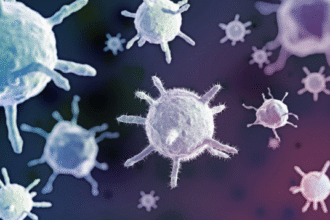First Aid for Borer Bites
Borers, belonging to the class Chilopoda, are arthropods with elongated, segmented bodies. They possess venomous pincer-like frontal limbs used for predation and defense. Borer bites can range from mild to severe, depending on the size of the borer and the amount of venom injected.
Understanding Borer Bites
Characteristics of Borers:
- Elongated, flattened bodies divided into a head and trunk.
- Each trunk segment has a pair of sturdy appendages.
- The first pair of appendages contains poison glands that secrete paralyzing venom.
Common Scenarios:
- Borers often crawl into beds or clothes at night.
- They bite in defense when provoked.
Symptoms:
- Mild Bites (Small Borers):
- Local redness, swelling, and pain that subside within an hour.
- Severe Bites (Giant Borers):
- Severe pain, redness, swelling, and possible lymphangitis or tissue necrosis.
- Systemic symptoms: headache, fever, nausea, vomiting, speechlessness, convulsions, and coma.
- Rare cases of fatal bites in children.
First Aid Measures
- Neutralize the Venom:
-
Wash the wound immediately with a weakly alkaline solution (e.g., soapy water or light limewater).
-
Apply a Cold Compress:
-
Reduce swelling and pain by applying a cold compress to the affected area.
-
Use Herbal Remedies:
- Apply a mixture of equal amounts of realgar and dried arborvitae, ground into powder and mixed with strong tea or liquor.
-
Alternatively, apply mashed houttuynia cordata or dandelion externally.
-
Seek Medical Attention:
- Patients with systemic symptoms (e.g., fever, nausea, or convulsions) should seek prompt medical care.
Important Notes
- Venom Properties: Borer venom is acidic and can be neutralized with alkaline solutions.
- Severe Reactions: Monitor for systemic symptoms and seek emergency care if they occur.
This guide is for educational purposes and does not replace professional medical advice. Always consult a healthcare provider for diagnosis and treatment.






